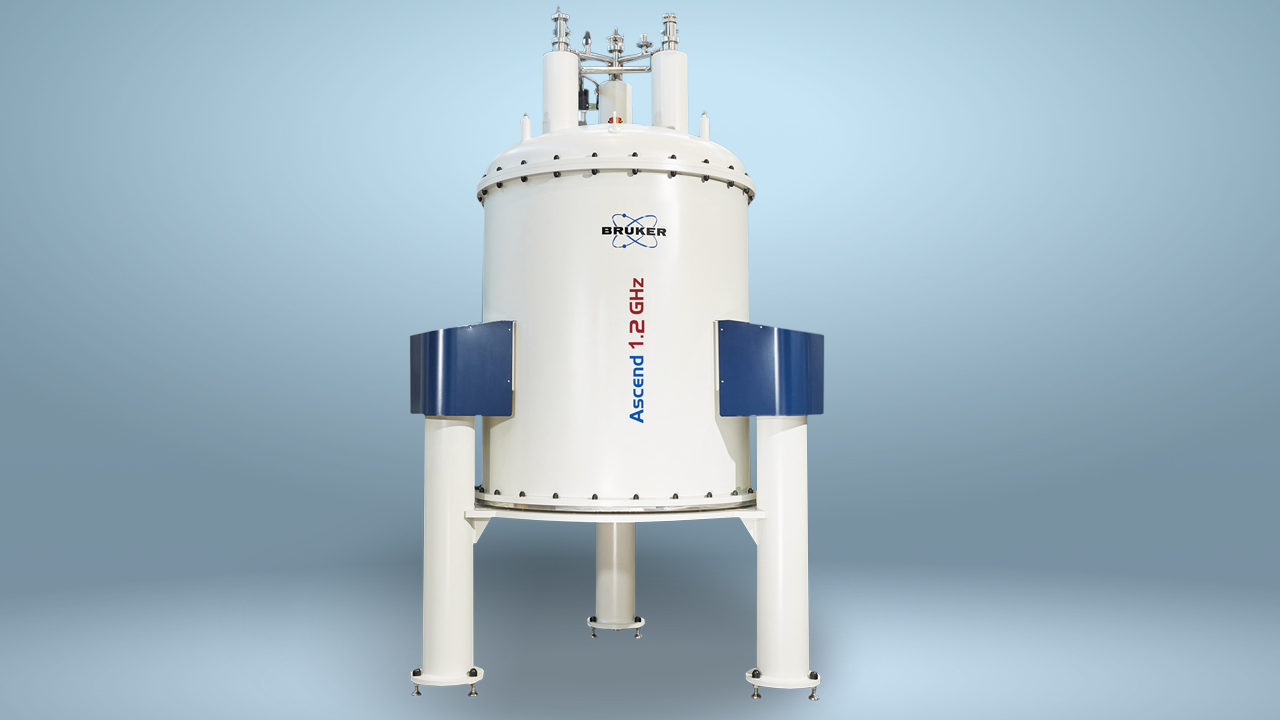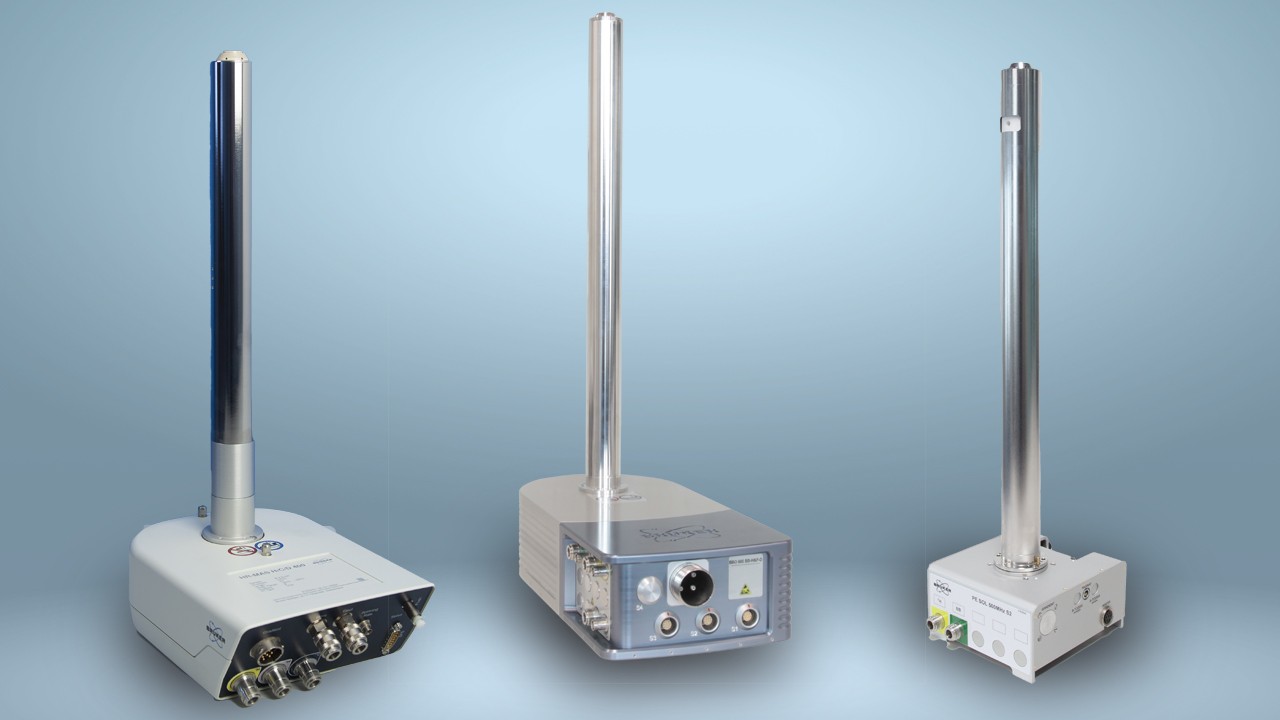

Pioneering Excellence in Ultra-High Field NMR
first-of-a-kind 1.3 GHz spectrometer.
Explore the Frontiers of NMR with Our Ultra-High Field Whitepaper!
Bruker’s Ultra-High Field (UHF) NMR technology is pushing the boundaries of modern research. Operating at up to 30.55 T, UHF NMR delivers exceptional resolution and sensitivity—enabling new capabilities in biomolecular dynamics, quadrupolar nuclei analysis, and magnetic resonance microscopy.
Our whitepaper, “Ultra-High Field NMR – Fueling the Future of Scientific Discovery”, explores Bruker’s pioneering magnet engineering and the evolution from LTS to HTS technologies. Discover how GHz-class systems are transforming structural biology, materials science, and more.
Download the whitepaper now and see how UHF NMR is accelerating scientific breakthroughs.
Bruker's Commitment to Ultra-High Field NMR: Pioneering Excellence in NMR Technology
Bruker has been at the forefront of NMR innovation for decades, consistently pushing the boundaries of what is possible in the field. Our unique hybrid technology combines high-temperature and low-temperature superconductors to achieve magnetic flux densities previously thought unattainable. This commitment to excellence has established Bruker as the leader in ultra-high field NMR, providing scientists with the tools they need to make groundbreaking discoveries.
The 1.3 GHz NMR Spectrometer: Setting a New World Record
Bruker's 1.3 GHz NMR spectrometer sets a new world record in high-resolution NMR, offering unprecedented resolution and sensitivity. This innovative instrument operates at a field strength of
30.55 Tesla, made possible by our HTS/LTS hybrid technology. The magnet features a 54 mm room-temperature bore, compatible with Bruker’s BOSS3 room temperature shim system, ensuring stable and continuous operation.
The first-of-a-kind 1.3 GHz NMR magnet capitalizes on Bruker’s well proven HTS/LTS hybrid technology.
Advanced Magnet Technology
The 1.3 GHz magnet maintains the same physical dimensions and cryogen consumption as Bruker’s
1.2 GHz magnets, with only a slightly increased stray field radius. Achieving 1.3 GHz in such a compact form-factor was made possible by the qualification of a high-temperature superconductor with a new architecture, enabling higher current densities. This groundbreaking achievement in superconducting magnet technology ensures stable and continuous operation, providing researchers with reliable and high-performance tools.
Testimonials
Remarkable NMR Results
Tests conducted using five different NMR probes have verified the practical applicability of the
1.3 GHz spectrometer with representative samples. These probes include a 3 mm TXI Probe, a 5 mm TXO CryoProbe, a 0.7 mm HCN Solid-State CPMAS Probe, a 0.4 mm HCN Solid-State CPMAS Probe, and a
1.9 mm MAS Probe optimized for low-gamma detection. The results demonstrated increased resolution and sensitivity, highlighting the potential for groundbreaking research in various fields, from structural biology to materials science.
Three of the NMR probes which were used for the first characterization of the 1.3 GHz spectrometer
Applications
Sample courtesy of TU Dortmund
Pseudo-2D 15N T2 experiment of deuterated and fully 1H back exchanged SH3. At 1.3 GHz, 2Ds can be used instead of 3Ds, leading to time savings of up to two orders of magnitude.

